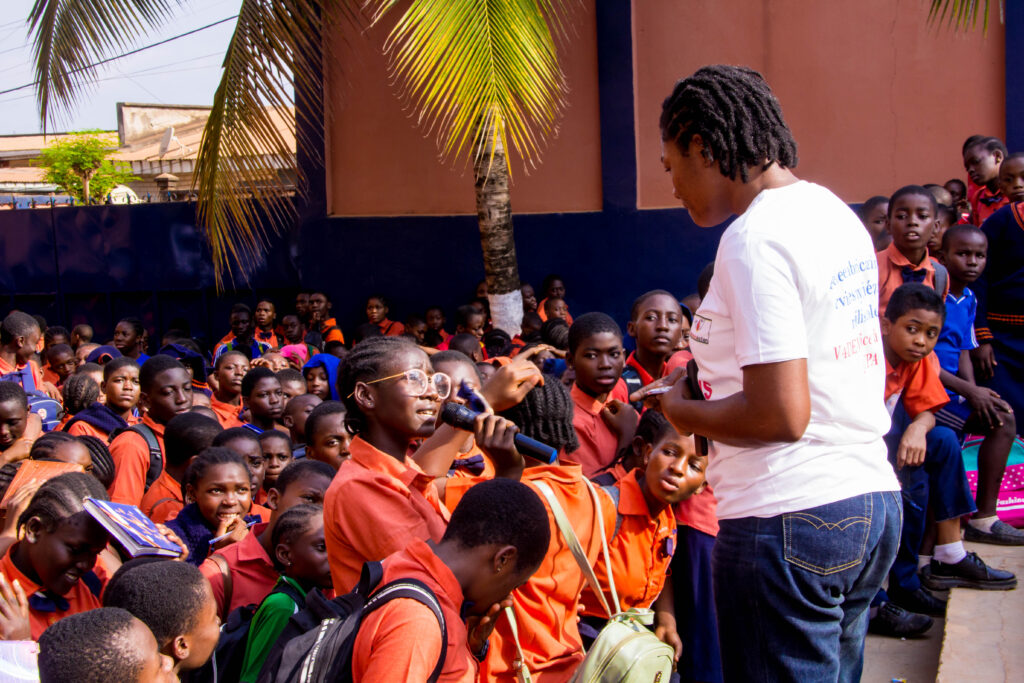Three months after winning the UNFPA accessibility Innovation challenge V4DEV has made considerable progress.
With the support of the United Nations Population Fund, the Global Disability Hub and the Global network of young persons with disabilities, the implementation of the Inclusive Reproductive Health Initiative (IRHI), through co-design workshops has consulted, two hundred and twenty-four (224) persons among which 186 women and 38 men 224 persons form 5 cities of Cameroon till date.
The project globally explores the domain of Sexual Reproductive Health (SRH) and specifically that of Menstrual Hygiene Management with a focus on People living With Disabilities (PWD).
The principal objective of this initiative is to contribute to the reinforcement of the inclusion of PWD notably young girls and women on issues of SRH. Its implementation integrates the development of an inclusive and innovative solution that significantly relieve the level on inclusion of PWD.
For V4Dev, within the framework of IRHI, the proposed solution is the electronic menstrual tracking bracelet as a tool that eases the monitoring of the menstrual cycle, regular or not, for the user.
In the perspective of the development of this innovative tool, a funding worth 60 000 USD has been granted to the association for the IRHI project.
One of the key steps of the project is the development of the solution proposed which is the electronic menstrual tracking bracelet. To this end, some consultations with the potential beneficiaries of the solution were envisaged and conducted.
This was done in Five (05) towns of the country notably :
- Douala in the Littoral Region,
- Bangangté and Bazou in the West Region,
- Yaoundé in the Center Region
- Buea in the south-west region.
During each workshop, a training was made on inclusion and sexual reproductive health.
About the Design of the electronic menstrual tracking bracelet
The actual design of the menstrual tracking bracelet is the resultant of a mix from the outputs of the consultations carried out with the beneficiaries, medical experts, and the team’s initial design of the solution. It therefore experienced several modifications during this first phase.
These consultations in the form of focus groups consisted in a series of opened questions to be answered by participants to ameliorate the design and functionalities of the bracelet.
In summary the problems expected by the participants that V4DEV consulted, to be solved by the bracelet are :
- Anticipating absence from school due to unexpected/painful periods
- Preventing the onset of menstruation to avoid surprises that can lead to indisposition
- Combat early and unwanted pregnancies
- Reduce the mortality rate of young girls linked to clandestine and uncontrolled abortions.
Important point: the main idea behind the electronic bracelet is to develop an effective solution that will enable all young girls to better live their menstrual cycle and is not a contraception.
The second phase will focus on testing the prototype and upgrade features based on the user experience. With as main target girls aged between 12 and 20 years for the first phase of testing.



